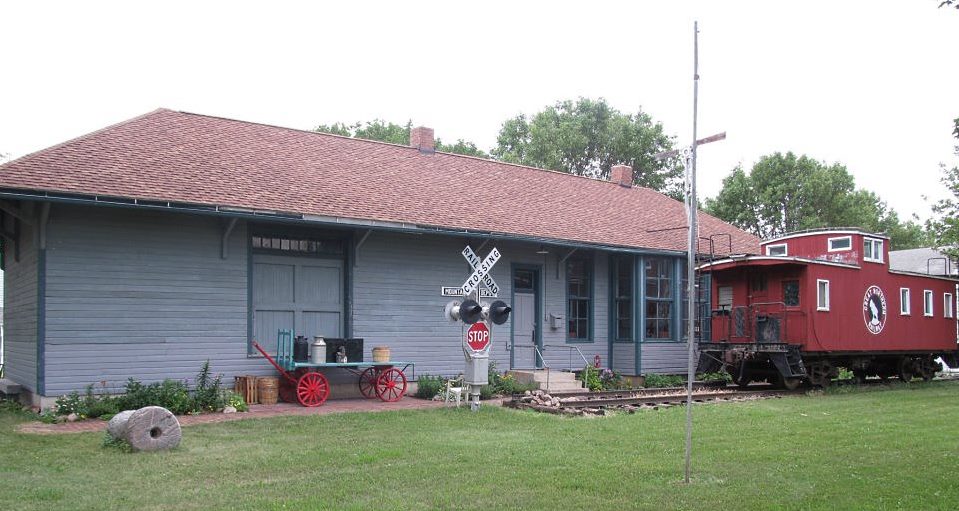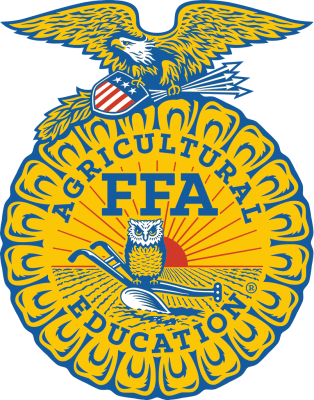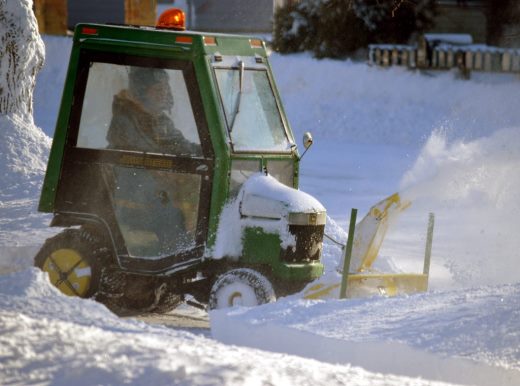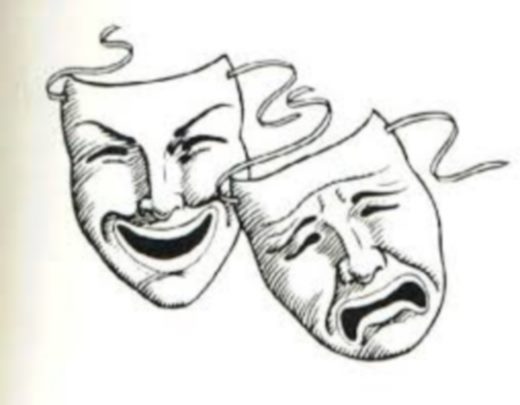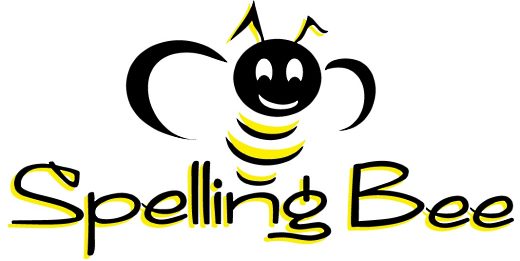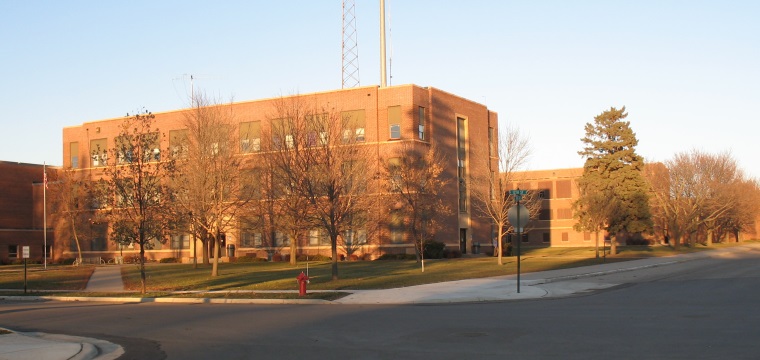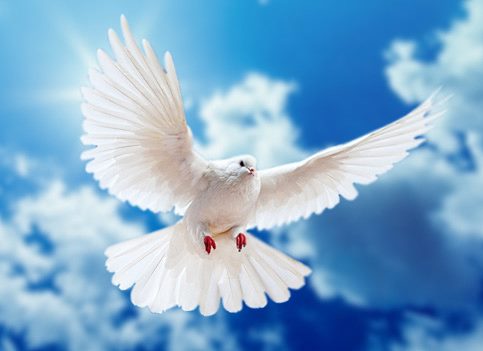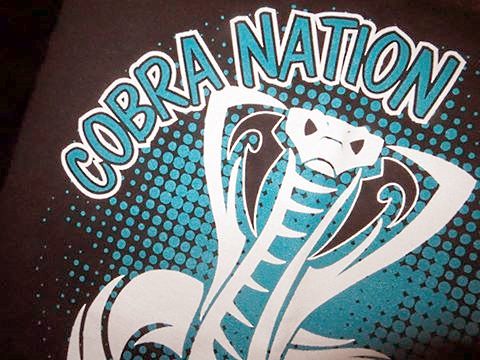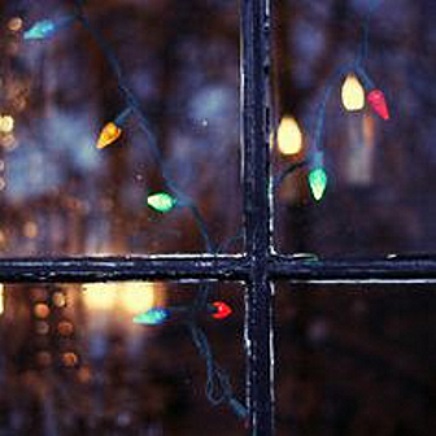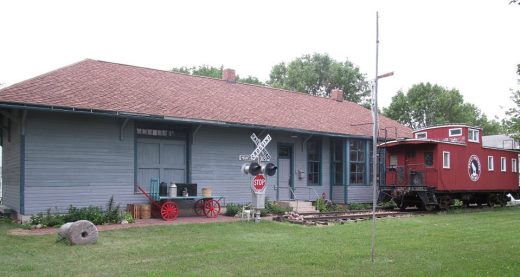Utschtallung Day is a time to remember
By Carol C. Harder
 Utschtallung Day is this Saturday.
Utschtallung Day is this Saturday.
The setting is, of course, Heritage Village – the time from the past village appended to today’s Mountain Lake. It is comprised of buildings circa the 1800s to 1905 that line a street appropriately called Memory Lane.
About at center is the village square, where there has been built a facsimile of an original bandstand gazebo that was once in downtown Mountain Lake City Park.
The entire village is fronted by the train depot – the place that provided a connection to the outside world for the pioneer settlers of the area.
New to the village is the Welcome Center; the spot to gain entrance to the history contained within those acres at the southeast edge of the city.
In honor of Saturday’s Heritage Fair, I have pieced together the tale of how Utschtallung (which translated from Low German means “a gathering), came about.
Those who first settled in-and-around this area German Russians and Prussians who had been buffeted across Europe by sour political and militaristic winds.
They came here in 1870 in search of freedom they couldn’t find elsewhere, and carved out a new life in this land amidst the tall sunflowers of the southwest Minnesota prairie. The women wore their babushkas and long, black dresses, felt slippers and black stockings. The men, white shirts and black pants.
They brought with them their culinary culture, and continued cooking their borscht, ham-and-bean soup, pluma moos (hot or cold fruit soup). They smoked their own pork sausage, made their klops (meatballs), zwiebach (two-story rolls), verenike (dough pockets stuffed with cottage cheese) and covered with white gravy and portzilke (deep-fried raisin fritters).
They built typical sturdy Mennonite houses, with Mennonite tan chairs and tables. They worshipped in five Mennonite churches.
And in the summers, the Zephyr Band played with gusto from the little gazebo in the town’s park.
At Christmastime, all the children learned “wunches” (little readings) to recite as they went from house-to-house to earn pennies, nickels and dimes.
And weddings and funerals were time of family reunions, with much feasting on cold ham with horseradish sauce and cold potato salad.
They built a neat little hospital staffed by Kansas Mennonite nursing sisters, and were known for general merchandising stores with names like Jungas, Balzer, Hiebert and Franz, Ewert, Epp and Harder.
They learned German in the little Deutsche Schule, and the most exciting event of the day was going to the red depot to watch the rains come-and-go; to see who was leaving – and arriving. They watched the old mail car wheeled along the platform and Mr. Dick, the drayman, back up to the freight cars to load up the good and supplies that sustained the town and its occupants.
As generation followed generation, the vivid hues of tradition, customs and architecture from the”Old Land” began to fade.
Because of this fact, in the early 1970s, some of the direct descendants of those first Mountain Lake settlers, became concerned that the story of the area’s heritage might disappear to dust.
It was decided then that, rather than try to restore or preserve houses and buildings in the town proper itself, they would create another, truly Mennonite village.
With typical Mennonite independence (very little government grand money was used or requested) the group acquired 22 acres of land – and thus began Heritage Village.
The village has grown from its early days, and today includes the historical coming of Lutherans to the community and their valuable contributions to life here as we know it.
And each second Saturday in September, the people come. They stand and look; sometimes they laugh, or cry – but, or course, they eat.
They just keep coming.
It is at Heritage Village that life stands still as it was over a hundred years ago.
Yes, it is again time to remember.


